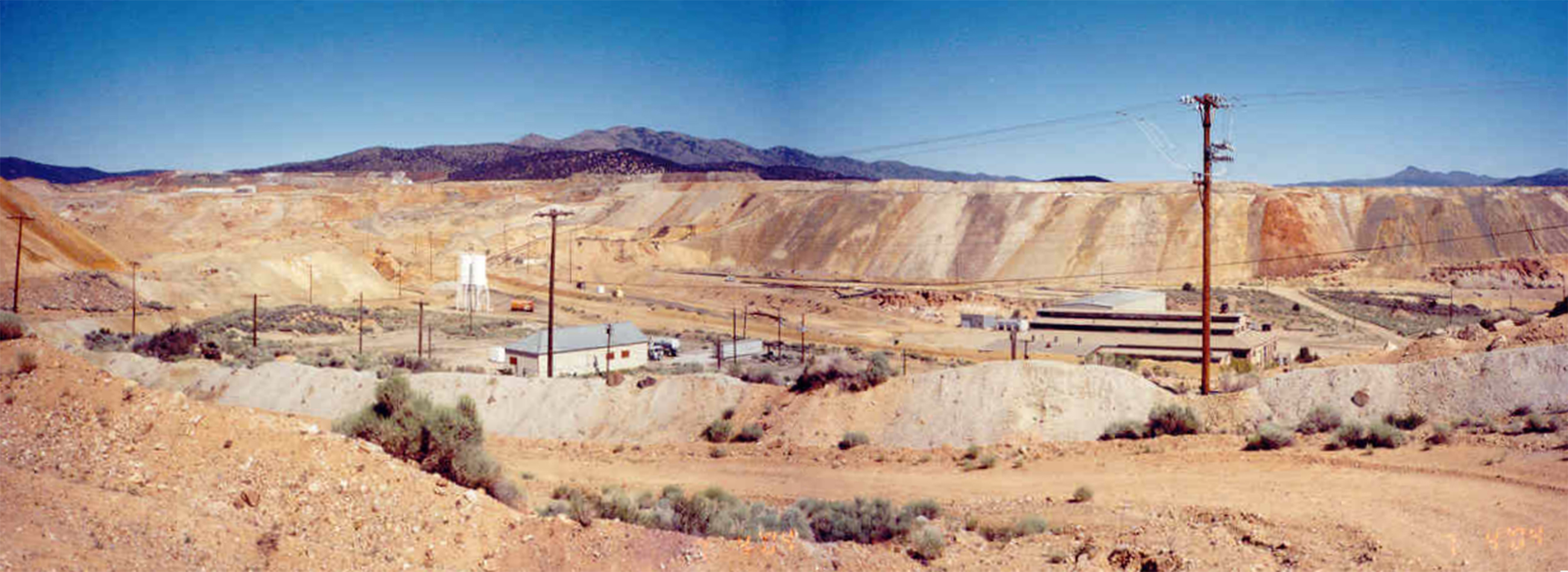PETRIFIED WOOD
The process of petrification of wood is still not well understood by scientists. In spite of many attempts, man has not been able to duplicate this process in the laboratory.
HOW DOES WOOD PETRIFY?
Wood (or other plant parts) must first be covered with such agents as ash from erupting volcanos, by volcanic mud flows, sediments in lakes and swamps or material washed in by violent floods - by any means, which would exclude oxygen and thus prevent decay. A number of mineral substances (such as calcite, pyrite, and marcasite) can cause petrification, but by far the most common is silica.
Solutions of silica dissolved in ground water infiltrate the buried wood and by some complex chemical process are precipitated and left in the individual plant cells. Here the silica may take a variety of forms; it may be agate, jasper, chalcedony, or opal. Even precious opal may occur as it does at Virgin Valley, Nevada. During petrification the wood is often so well preserved that it's appearance remains almost unchanged; only it's weight, when lifted, tells that it has turned to stone. So accurate is the preservation in many woods that the worm holes with castings, borer holes with insect eggs, fungus-rot, dry rot, and growth abnormalities of all kinds are faithfully reproduced. The finest anatomical details of cell structure (as in living wood) may be preserved; positive identification as to species is then possible with the use of high - powered magnification. Assemblages of such named woods from the same collecting area can enable us to recreate pictures of the ancient forests of the past.
WHAT CAUSES COLORS IN PETRIFIED WOOD?
The beautiful and varied colors of petrified wood are caused by the presence of other minerals that enter the wood in solution with the silica. Iron oxide stains the wood orange, rust, red, or yellow. Manganese oxide produces blues, blacks, or purple. (Dendritic forms of manganese produce black picture patterns). Some of the most brilliant oranges and bright yellows result from the presence of carnotite - a compound of uranium. Chromium in wood gives a lovely soft green. Cinnabar produces a true rose or baby pink, and chlorite, a deep green. Petrified woods of pure silica are white, tan, or gray. White wood also may be the result of weathering - color having been bleached out.
GEOLOGIC AGES OF PETRIFIED WOODS
Throughout the world, petrified wood may occur in rocks of all ages since the Upper Silurian Period (440 to 410 million years ago) when the first land plants evolved. During the Triassic Period (225 to 190 million years ago) conifers such as the Araucaria of the Arizona Petrified Forest increased. Cycads and conifers were dominant during the Jurassic Period starting about 180 million years ago. The first flowering plants (as we know them today) expanded to world wide dominance during the Cretaceous Period which began 1,350 million years ago.
Homer Whitlock




